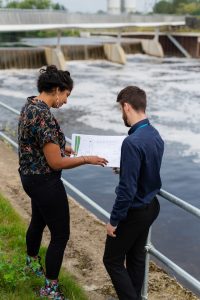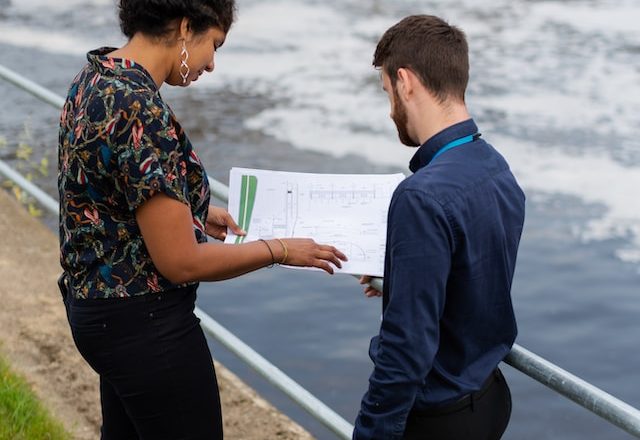Sydney, Australia’s bustling city, is home to millions of people and a flourishing center of economic and cultural activity. The city’s water supply and distribution system is vital infrastructure that guarantees inhabitants have a stable and clean water supply. However, operating and maintaining such a complicated system presents its own set of obstacles, which hydraulic engineers have been tirelessly working to overcome.
One of the major challenges faced by hydraulic engineers in Sydney is the ever-growing demand for water. As the city’s population continues to increase, the strain on the water supply system becomes more significant. To meet this demand, engineers must find innovative ways to optimize the distribution network and maximize the efficiency of water delivery.
Another challenge is the aging infrastructure. Many parts of Sydney’s water supply system were built decades ago and are in need of repair and replacement. Hydraulic engineers must carefully assess the condition of the pipes, pumps and valves to ensure they are functioning optimally. They employ advanced inspection techniques and predictive maintenance strategies to identify potential issues before they become critical.

Furthermore, Sydney’s water supply system must contend with the impacts of climate change. Australia is known for its arid climate and recurring droughts, which can significantly affect the availability of water. Hydraulic engineers are at the forefront of developing innovative solutions to mitigate the effects of droughts and ensure a reliable water supply. They explore alternative water sources, such as desalination plants and water recycling systems, to diversify the city’s water resources.
In recent years, hydraulic engineers in Sydney have embraced digital technologies to revolutionize water supply management. The advent of smart sensors and real-time data monitoring has allowed for more accurate measurement and analysis of water flow and quality. This data-driven approach enables engineers to detect leaks and identify areas of high water consumption, leading to more targeted and efficient water management strategies.
Furthermore, hydraulic engineers are using the capability of modern modeling and simulation tools to optimize water supply system design and operation. Engineers can test numerous scenarios and discover the most successful water distribution systems by constructing virtual models that match the real-world system. This helps to decrease waste, save energy and maintain ideal water pressure across the network.
Moreover, community engagement and education play an imporatnt role in addressing water supply challenges. Hydraulic engineers collaborate with local authorities and stakeholders to raise awareness about water conservation and efficient water usage practices. By empowering residents with knowledge and providing incentives for water-saving behaviors, engineers contribute to a more sustainable and resilient water supply system.
In conclusion, there are several difficulties facing Sydney’s water supply and distribution system like rising demand, deteriorating infrastructure and the effects of climate change. However, hydraulic engineers are leading the charge in creating novel ways to deal with these problems. They work to maintain a dependable, effective and sustainable water supply for Sydney’s population through the use of digital technology, sophisticated modeling techniques and community participation. In order to protect this priceless resource for future generations, their tireless efforts are essential.
